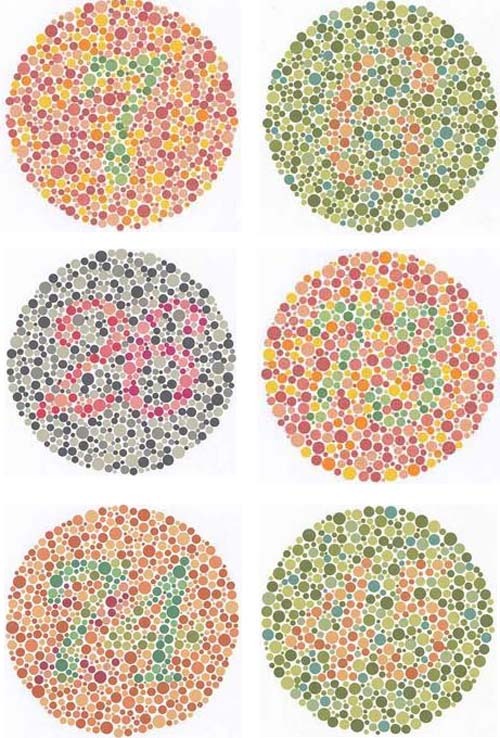Last night there was a full moon, and it looked orange. I asked the person standing next to me if he knew why the moon was orange. He thought a minute, and said no, he didn't. Maybe, he said, pointing to the orange shirt he was wearing, it was because of his shirt?
- It is the scattering of light by the earth's atmosphere that makes the moon appear orange, especially when it first rises.
- Early in the moon's ascent, it is still pretty close to the surface of the earth, from our vantage point. This means we have to "look" through a lot more of the atmosphere.
- The air molecules in the atmosphere scatter away the pieces of visible light that are blue, green, and purple. So when we look through a lot of the atmosphere toward the moon, which is white, we see it as yellow, orange, or red.
- Sometimes when the moon is directly overhead, it will still appear to be orange in color. This can be because there is a lot of dust or smoke or pollution in the air.
- Also, the Harvest Moon in the fall appears to be orange. This is for two reasons. First, during some months of the year, the atmosphere contains more dust particles than others. In the fall, many farmers are harvesting their crops, and there is also a lot of pollen floating around. Second, the moon also rises at a lower angle to the horizon in the fall. Thus, at the autumn equinox, you'll see a big fat orange moon, the Harvest Moon.

The Harvest Moon. Photo by Brian D. Buck
FULL MOON NAMES
This reference to the Harvest Moon reminds me, I've always liked the fact that each month's full moon has a different name, but I can never remember what they are, and I'd also like to know why they are so named. As it turns out, most of the names come from Native American tribes and refer to weather, growing, or hunting conditions at the time of the full moon.
- January: Wolf Moon
- Wolf packs, hungry, howl together in snowy January.
- February: Ice or Snow or Hunger Moon
- Heaviest snow or ice falls during this month. It's hard to hunt or find plants to eat, so this is also a hungry time of year.
- March: Worm or Crow or Full Sap or Lenten or Crust Moon
- With the first thaws, earthworm casts begin to appear in the soil, signaling the return of robins and the beginning of spring. The crows caw to signal the end of winter, the sap begins to run, and for Europeans, it's time to start fasting for Lent. Another name, the Crust Moon, referred to the fact that snows melt and freeze again at night, making a crust on top of it.
- April: Growing or Pink Moon
- The pink herb moss, or wild ground phlox, which is one of the earliest spring wildflowers, appears at this time. It also signals the first plants beginning to grow.
- May: Hare or Flower or Corn Moon
- Flowers bloom abundantly at this time, rabbits are born, and it's time to plant corn.
- June: Mead or Strawberry or Rose Moon
- Time to harvest the strawberries, make the mead, and in Europe, pick the roses.
- July: Hay or Thunder or Buck Moon
- Buck deer begin pushing out new antlers, it's time to mow hay, and lots of thunderstorms happen in July.
- August: Corn or Sturgeon Moon
- In the Great Lakes, sturgeon are abundant and easy to catch, and it's time to pick the corn. Some tribes also called this the Full Red Moon, which would make sense, given that some things are being harvested in August.
- September: Harvest Moon
- This moon may actually be in October some years, as it appears closest to the autumnal equinox. Often, farmers are working at the harvest until late at night at this time of year, and the moon appears to be orange because of all the dust and pollen they work up.
- October: Blood or Hunter's Moon
- After the harvest, the deer and fox and other animals are fattened and easier to spot, and it is time to hunt. Blood runs from the animals hunted, but also perhaps the moon still appears red in the sky.
- November: Snow or Beaver Moon
- This is the time of the first snow, and time to set the beaver traps before the swamps freeze, to ensure a warm supply of furs for winter. The beavers themselves are also preparing for winter.
- December: Cold Moon
- Nights are getting longer, and colder, and it's just plain cold.
Sources
Keith Cooley, Keith's Moon Page, "The Orange Moon" This is an extremely cool site, by the way. You can see what the phase of the moon was on any day of the year going back to 1800. You can find out what your weight would be on the moon. Find out when the next blue moon will be. Learn about eclipses, moon landings, the tides, and how the moon determines when Easter falls.
University Corporation for Atmospheric Research - Windows to the Universe - Quickie Questions - Moon Madness
Farmer's Almanac, Full Moon Names and Their Meanings
































